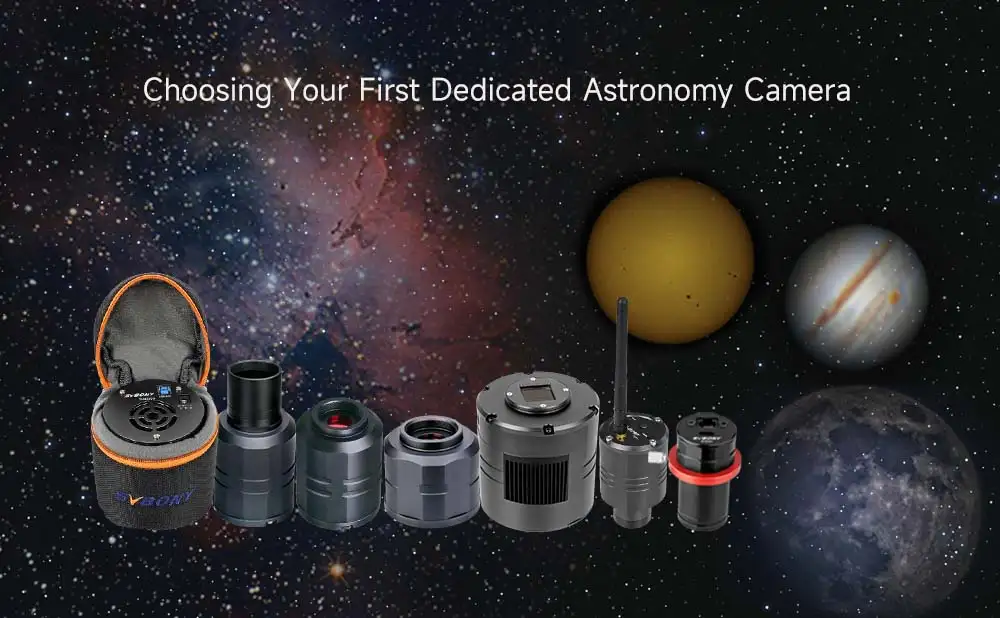Gear You Need For Astrophotography
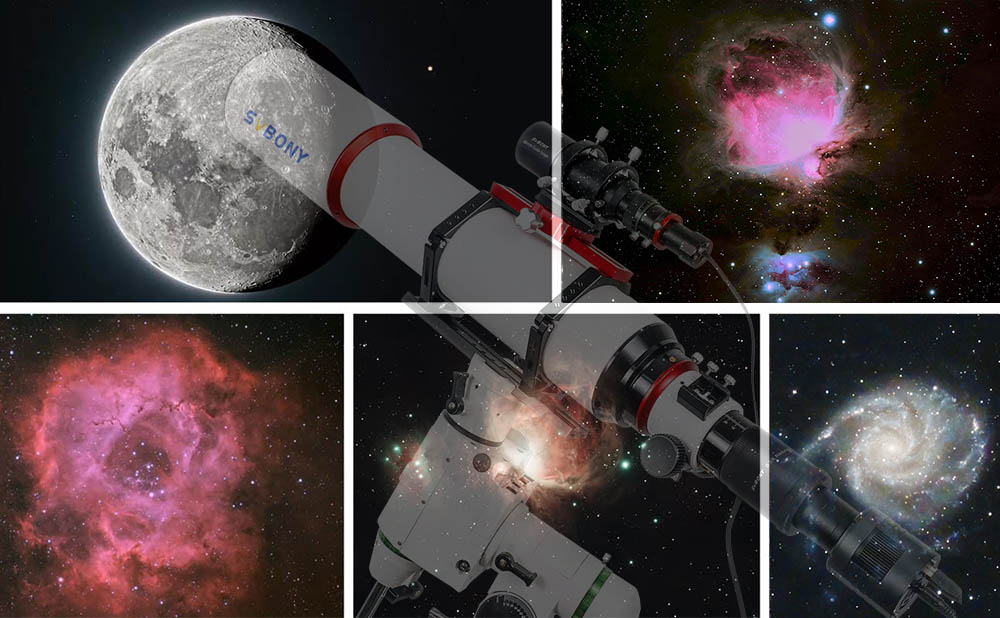
Gear You Need For Astrophotography
Gear You Need For Astrophotography
You've probably seen some incredible astrophotography images of space taken by amateurs and wondered: what kind of gear are they using to take those pictures?
In this blog, we'll go over what you need, and how you can get started!
1. Astrophotography With a DSLR
Essential Gear:
Telescope or telephoto lens
DSLR camera
Field flattener
Camera T-ring
Optional kits:
Camera angle adjuster CAA
Light pollution filter
Sturdy tripod
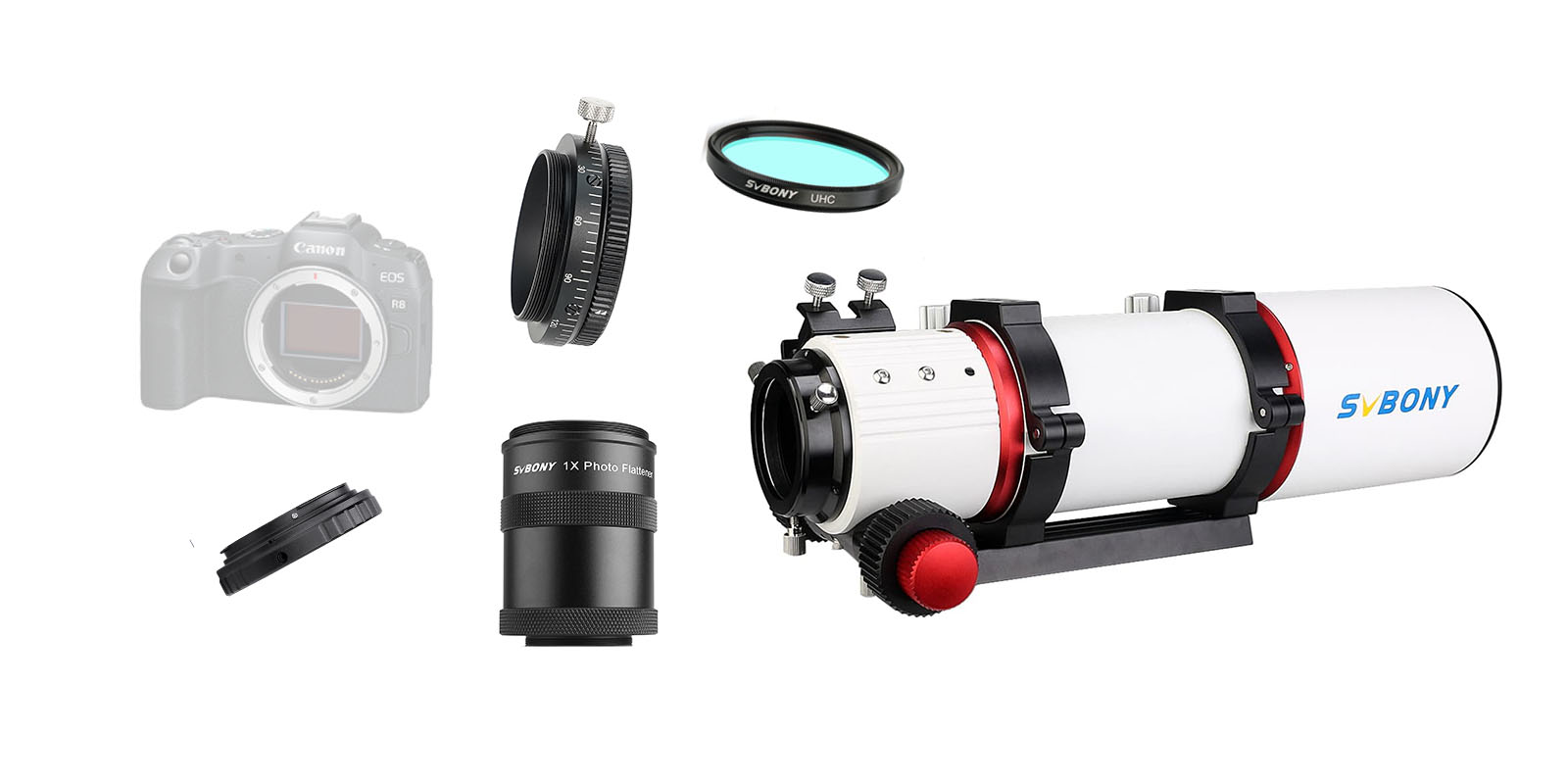
If you have a DSLR available to use, you can get even better astrophotography photos. Just about any DSLR camera such as cannon is capable of taking some impressive night sky images. This is especially true if you have access to dark skies. Even if you don't, you can always use a clip-in light pollution filter for your specific camera type to beat the city lights. A 360-degree rotator camera angle adjuster (CAA) helps your camera to be positioned at any position. Usually, a sturdy tripod will make your photoing more comfortable.
2. Deep Sky Astrophotography with a Telescope
Essential Gear:
Telescope lens
Field flattener
DSO cooled camera
Equatorial mount
Optional kits:
Light pollution or narrowband filters
Filter drawer/wheel
Autoguiding scope
Bahtinov mask
Electronic focuser
Dew heaters
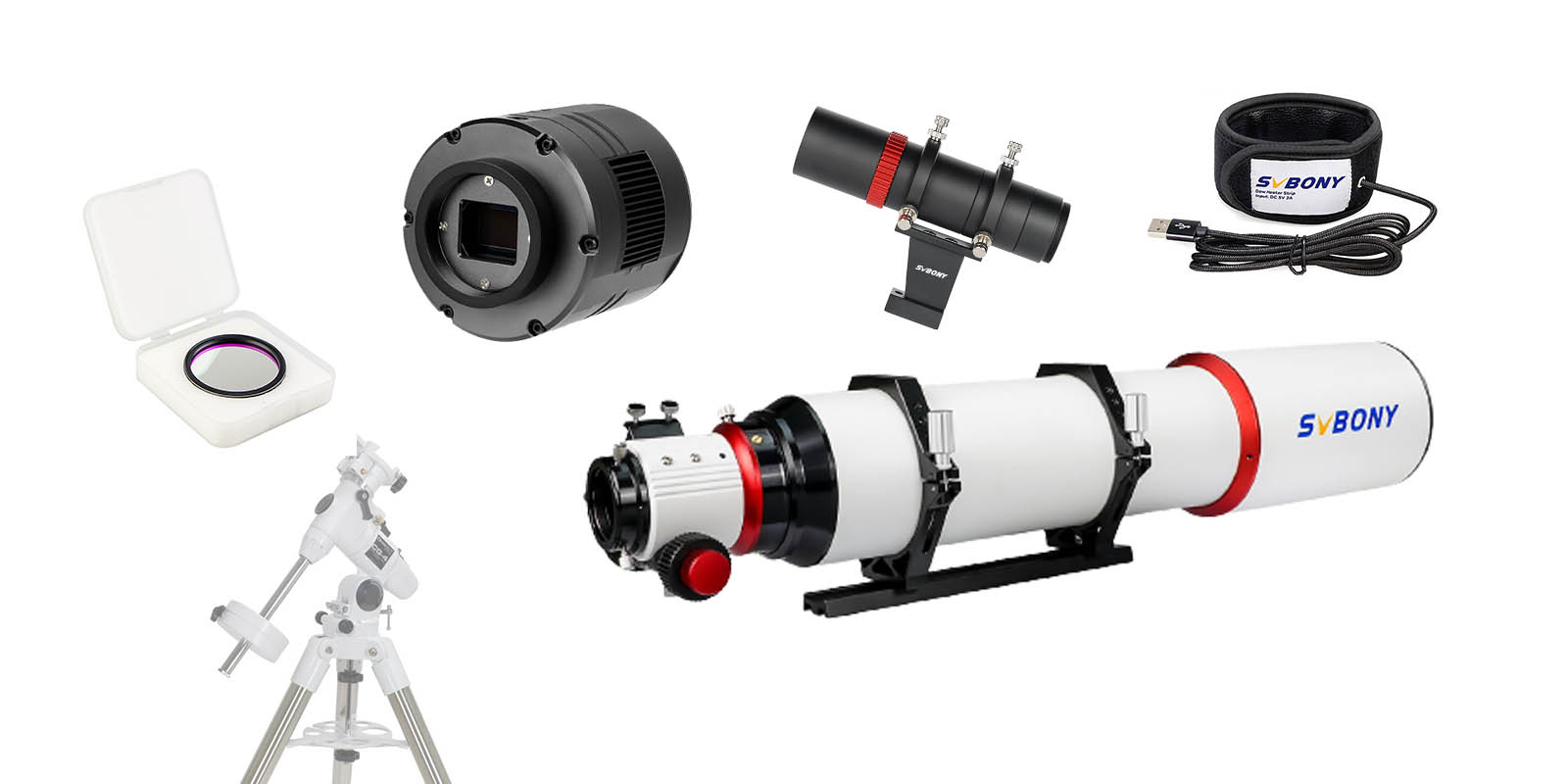
Deep sky astrophotography can have many forms, but generally it means using a telescope or at least a long focal length telephoto lens. You'll need to use an equatorial mount to counter the stars' motion caused by the Earth's rotation, and doing so can let you take exposures of 5 minutes or even longer! Photographing galaxies, nebulae, and more are all possible with a deep sky astrophotography rig.
The H-Alpha/O-III 7nm narrowband filter is properly designed for astrophotography of emission nebulae, planetary nebulae and supernova remnants. the high transmission and sharp cut-off greatly enhances the contrast of image and brings out the most detailed information of those deep-sky objects.
A setup like this does cost a considerable amount of money and be a bit complicated to use, so we recommend with starting with the essential gear first and then upgrading one piece at a time.
3. Planetary Astrophotography
Essential Gear:
Long focal length telescope
Barlow lens
Planetary camera
Finder scopes
Optional kits:
Diagonals
Zoom eyepiece
ADC atmospheric dispersion corrector
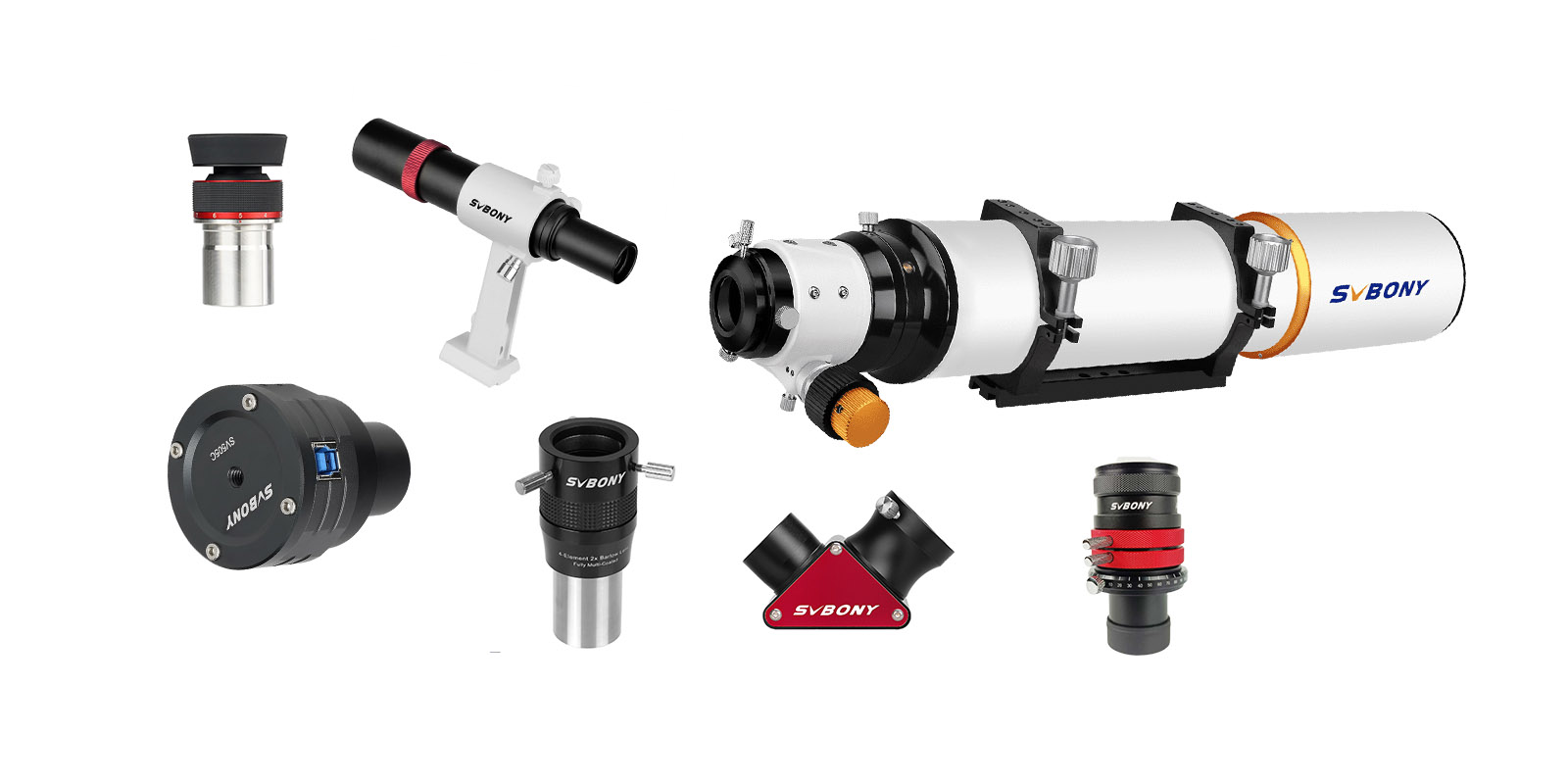
Capturing images of the planets is a difficult task that requires a fairly large telescope to do well. Since the planets are so small, you generally need a long focal length telescope with a large aperture to capture details on the surfaces of the planets like Saturn & Jupiter, or you can choose to pair it with a barlow lens to meet requirements. This in turn requires a large and often expensive setup, but the results make it worth it!
Although there is some overlap, a portion of the gear you typically use for deep sky imaging is not well-suited for planetary astrophotography. Mainly, the cameras used for both are different, and generally you don't want to use a long focal length telescope for deep sky unless you're an advanced imager. A finder scope with 6x power magnification and a 30mm diameter lens collects ample light to make aiming your telescope easy and fun. The main function of ADC is to reduce the color change caused by atmospheric dispersion and improve the imaging effect of planets.
However, planetary can be a fun & new way to capture images of outer space without spending too much extra money if you already have a deep sky astrophotography setup.
Welcome message and look forward to seeing your equipment sharing.


